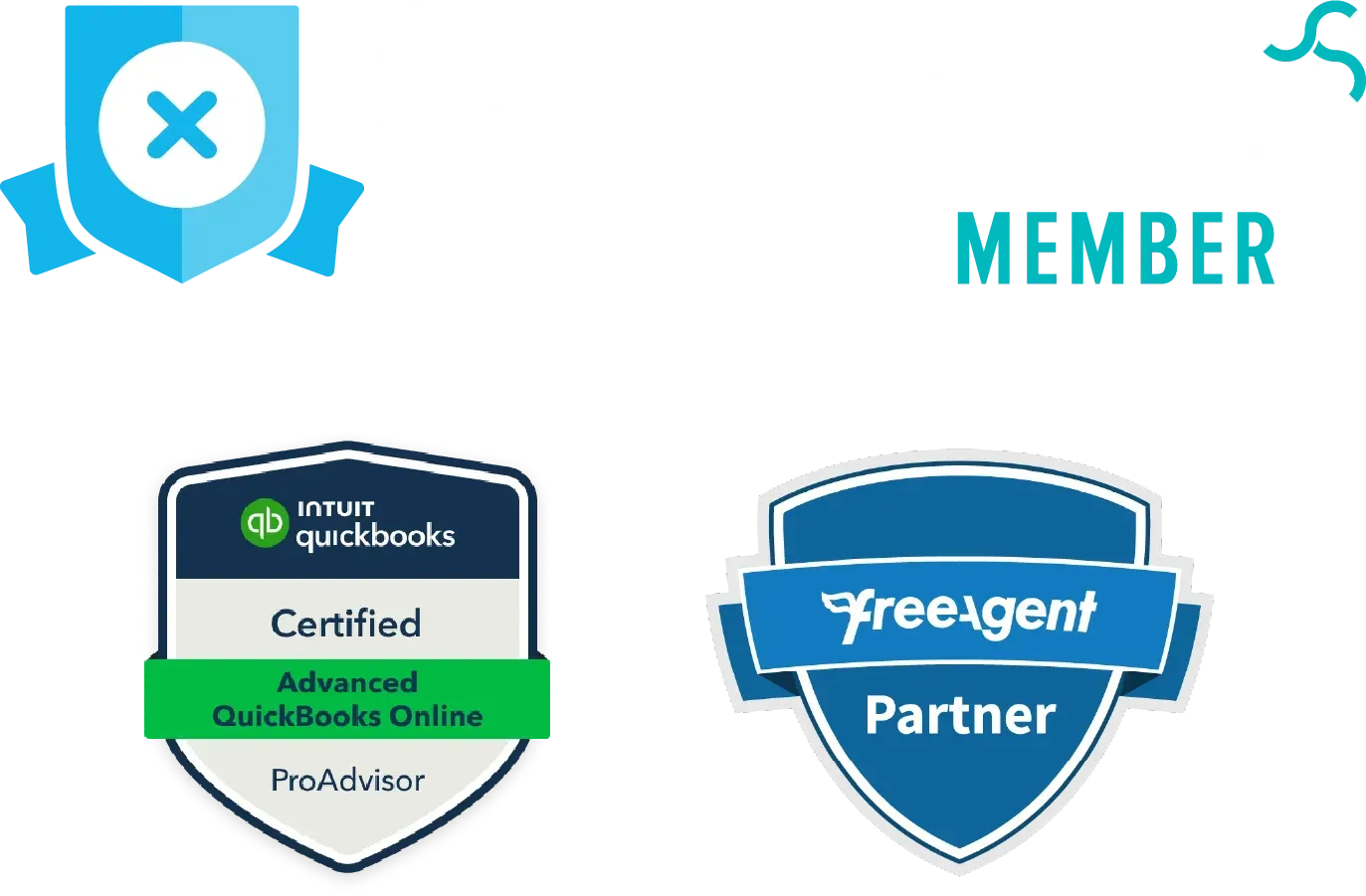Spotlight On: Understanding IR35 and Off-Payroll Working
A practical guide for small businesses
Many small businesses rely on contractors — it’s often the best way to access specialist skills and keep costs flexible. But with HMRC tightening up on IR35 and off-payroll working rules, getting this right has never been more important.
Handled properly, it protects your business from unexpected tax bills and penalties, and it keeps relationships with contractors and agencies running smoothly.
Here’s what you need to know for 2025/26, what changed in April 2025, and how to stay compliant without adding unnecessary admin.
What IR35 actually covers
IR35 exists to make sure people working like employees but through a limited company (often a personal service company, or PSC) pay roughly the same tax and National Insurance as regular employees.
There are two sets of rules:
- Chapter 8 (IR35) — applies mainly to small private-sector clients. The contractor’s company is responsible for determining employment status and paying any tax.
- Chapter 10 (Off-payroll working) — applies to medium and large clients, and the client must determine status and operate PAYE if the work is “inside IR35.”
If you’re a public sector organisation or a medium/large private company, the responsibility sits with you. Smaller businesses are exempt — for now.
Who decides employment status in 2025/26
- Public sector: You must assess each engagement and operate PAYE for “inside IR35” roles.
- Medium/large private sector: Same as above — you assess, issue a Status Determination Statement (SDS), and deduct tax if needed.
- Small private sector: You’re exempt from Chapter 10, so the contractor’s company handles the IR35 test. But you must confirm your size if asked.
What counts as “small”
In 2025/26, you’re classed as a small business if you don’t meet two or more of these:
- Turnover over £10.2 million
- Balance sheet total over £5.1 million
- More than 50 employees
If you’re below these thresholds, Chapter 10 doesn’t apply — but you still need clear records and a consistent process.
From April 2025, the thresholds increase (to £15m turnover and £7.5m balance sheet), but because of how HMRC applies the size tests, those changes won’t usually affect IR35 status until 2027/28 at the earliest.
What the data tells us
HMRC’s 2025 update shows the impact of the off-payroll reforms:
- Around 120,000 workers were directly affected
- 45,000 fewer new PSCs were formed after the 2021 changes
- The reforms raised £4.2bn in extra tax and NICs
That means more scrutiny, more checks, and more reason to have your paperwork watertight.
What small businesses should do now
If you’re a small business, the contractor’s company decides whether IR35 applies — but you should still:
- Confirm your size if asked (HMRC says you must reply within 45 days)
- Keep clear records of contracts, company details and insurance
- Review working practices — control, substitution, and financial risk are key tests
If you’re medium or large, you’ll need a proper process:
- Use HMRC’s CEST tool or an independent review for every engagement
- Take reasonable care, keep notes, and issue an SDS to both the worker and your supplier
- Operate PAYE for “inside IR35” engagements
- Keep a record trail — contracts, SDS copies, and supporting evidence
The 2024 set-off rule
A small but important update: since April 2024, HMRC can now offset taxes already paid by a contractor or their company against what they assess from the end-client. This reduces double taxation — but doesn’t cover penalties or interest, so prevention still beats correction.
Planning ahead
Between now and 2027, keep your size under review. If you’re growing and likely to cross the medium threshold, plan ahead so you can update contracts, systems, and staff training early.
For now, focus on:
✅ Knowing which rules apply to you
✅ Keeping evidence and records tidy
✅ Communicating clearly with contractors and agencies
Final thoughts
IR35 doesn’t need to be complicated. With the right workflow — clear status checks, templates for SDS and size confirmations, and a simple record-keeping process — it can be part of your normal operations, not a yearly headache.

